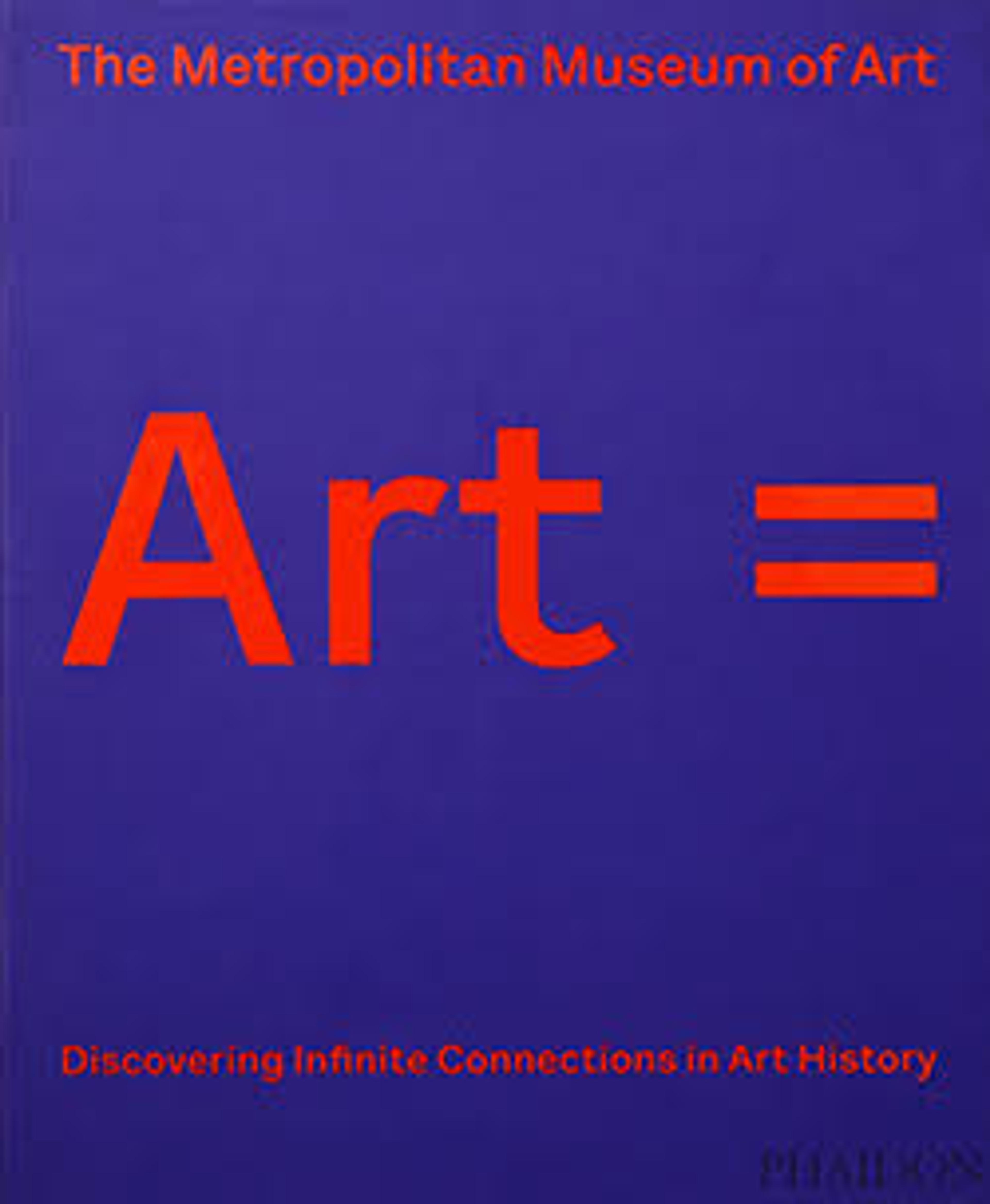Jar (Guan)
Large and small two-handled jars, pitchers, bowls, and beakers are the most common forms produced in the Machang phase of the Majiayao (or Gansu Yangshao) culture. Decorative motifs on Machang-period wares are largely geometric and include curvilinear patterns and cross-hatching, and lozenges, triangles, circles, and squares in an endless array of combinations. The zoomorphic figure in the center of this jar is one of the more distinctive images in the Machang vocabulary. Four limbs, bent in the center, are attached to a long torso, capped by a small head. Feathers or some other type of tufting are found at the end of the upper limbs and at the joints of all four appendages. These enigmatic motifs are variously interpreted: they are sometimes explained as abstract representations of natural creatures such as frogs; other hypotheses suggest that they are symbolic of either the costume worn by a shaman or the transformation he undergoes during rituals.
Artwork Details
- 新石器時代馬家窯文化 馬厰類型彩陶罐
- Title:Jar (Guan)
- Period:Neolithic period, Majiayao culture (ca. 3300–2050 BCE)
- Date:Machang phase, ca. 2350–2050 BCE
- Culture:China
- Medium:Earthenware with pigment
- Dimensions:H. 12 3/8 in. (31.5 cm); W. incl. lugs 9 1/4 in. (23.5 cm); Diam. of rim 1 1/2 in. (3.8 cm); Diam. of base 3 7/8 in. (9.8 cm)
- Classification:Ceramics
- Credit Line:Charlotte C. and John C. Weber Collection, Gift of Charlotte C. and John C. Weber, 1992
- Object Number:1992.165.8
- Curatorial Department: Asian Art
More Artwork
Research Resources
The Met provides unparalleled resources for research and welcomes an international community of students and scholars. The Met's Open Access API is where creators and researchers can connect to the The Met collection. Open Access data and public domain images are available for unrestricted commercial and noncommercial use without permission or fee.
To request images under copyright and other restrictions, please use this Image Request form.
Feedback
We continue to research and examine historical and cultural context for objects in The Met collection. If you have comments or questions about this object record, please contact us using the form below. The Museum looks forward to receiving your comments.
